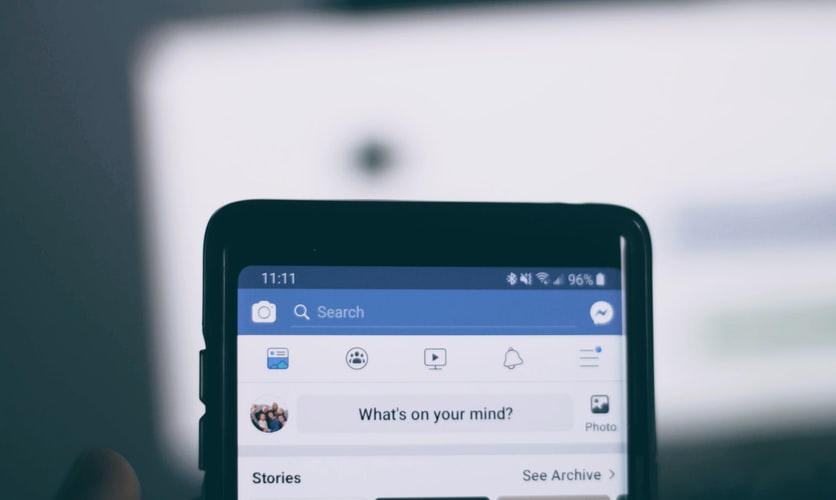It wouldn’t be wrong to say that Facebook kicked off our era of social media networking. Though there were other platforms prior to Facebook, this tool managed to win at a global scale. With over 2.6 billion monthly active users, Facebook is an incredibly important social media channel for your nonprofit. In this article, we talk about how to effectively leverage Facebook to help with your marketing efforts.
If you haven’t set up your Facebook profile yet, we start at the very beginning here. Once your page is all set up, it’s time to start utilizing your platform to spread your mission and gain supporters.
1. Document the objectives you want to achieve.
As a nonprofit, you want to use Facebook to interact with different audiences, like your donors, potential donors, volunteers, community, beneficiaries, etc. While each of these segments may be interested in your content, it’s a good idea to design specific content for each group that you think will help motivate them to take the actions you want them to take. Documenting these objectives can help you keep track of your achievements along the way and future plans. For example:
Audience ——->Objective
Donors —–> Increase Gift Size, Spread the Word
Potential Donors —–>Make a Donation
Volunteers ——>Lend Help, Spread Word
2. Build a content strategy for each of your objectives
After having written down all the objectives you want to achieve, move into planning the content strategy. Plan posts that will help you achieve the objectives you wrote down in Step 1. What types of posts would motivate a potential donor to make the leap and donate? What’s some share-worthy content you can post that will motivate your followers to repost to spread the word? You can rely on social media scheduling tools to make your job easier when it comes to planning your content calendar. The Facebook platform itself has the ability to schedule posts in advance, saving you some time.
3. Focus on increasing engagement.
The ability to interact with your stakeholders through 2-way communication is what makes Facebook so valuable to businesses and nonprofits. Get the most out of this communication by creating posts that directly engage with your audience. Run contests, create polls asking for your followers’ opinions, create posts that specifically thank your donors and supporters. Content that is interactive and engaging lets your followers know that you care about them.
4. Be consistent and learn what works best for your nonprofit.
The secret to social media success is consistency. There is no hard and fast rule as to how frequently you should post — it depends on how big your following is and what your objectives are. But posting each day strategically and consistently maximizes your organic reach. Your audience will likely respond differently to different types of content. Observe and identify content that works best, and try leveraging that type of content. Consider tweaking strategies that aren’t working well.
5. Explore Facebook and Instagram ads
Given the declining nature of organic reach on Facebook, it would be wise to consider paid ads so that your content efforts aren’t going to waste. Facebook ads aren’t too expensive and can be very effective with the right ad strategies. With Facebook ads, you also have the option of running your ads on Instagram as well, which makes it possible to spread awareness on 2 channels with 1 strategy.
6. Use Facebook’s nonprofit suite.
Facebook has its own set of fundraising and donation tools for nonprofits. However, a few of these services are only available to charitable organizations based in certain locations. To know if your nonprofit qualifies, check Facebook’s eligibility criteria. Should your nonprofit qualify, work on making the most of these resources.
7. Use Facebook groups.
All nonprofits can benefit from community content, which is where Facebook groups are helpful. You can create a Facebook group page (public or private) to build a truly interactive community, where all members can post and interact with one another. Have a staff member or volunteer moderate the group, and use it to have conversations with your audience, organize campaigns, make announcements, and more.
While all this may seem time-consuming initially, once you figure out which strategies work best, your success on Facebook is all about being consistent.




 Why Using Video is Absolutely Necessary for Your Nonprofit Marketing Strategy
Why Using Video is Absolutely Necessary for Your Nonprofit Marketing Strategy